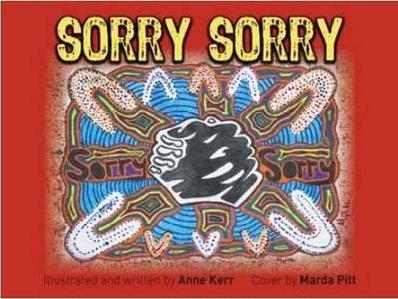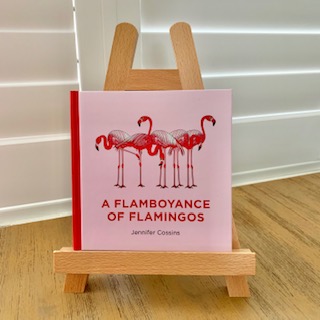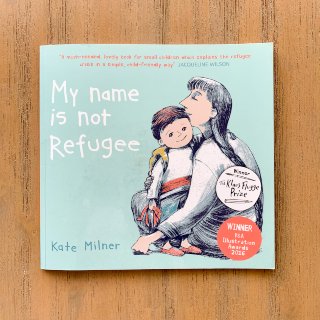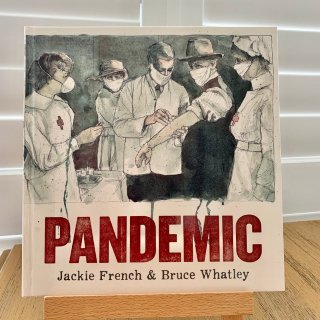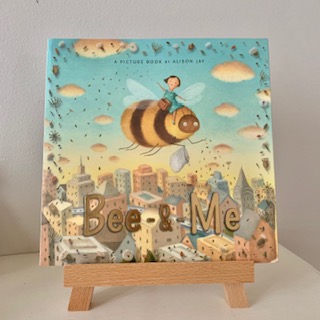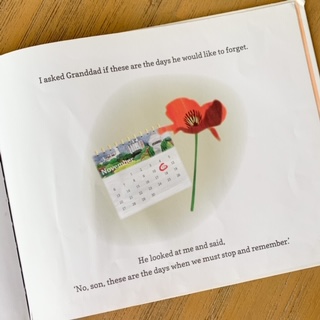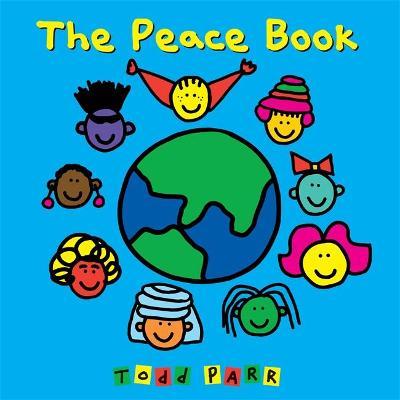Sorry Sorry
Free lesson plan, writing template and printable word-search puzzles for kids
Best suited to:
K – Year 6
KLAs covered:
English, history, Aboriginal and Torres Strait Islander Histories and Cultures
Learning:
- how the arrival of the First Fleet was experienced by Aboriginal people;
- what happened in the early years of white settlement – disease, taking Aboriginal people’s land, destruction of the natural environment;
- how white Australians came to see how much harm they had done to Aboriginal people and said ‘sorry’;
- how white and Aboriginal people are now working together to care for one another and for the environment;
Need to know:
- simple, child-like illustrations make this book accessible to children aged from about three up, as well as to older children;
- uses the terms First Peoples and Others to describe the Aboriginal people and the people of the First Fleet;
- a perfect springboard for introducing the concepts of dispossession, colonisation and reconciliation without needing to use those words;
- a wonderful text for teaching about point of view, especially for children who have already been exposed to the story of the First Fleet as it’s traditionally told;
- helps develop empathy as children put themselves in the shoes of the First Peoples as they listen to the story;
- for older children, lends itself to discussion about how language choices influences the way a story is told and heard;
- at the back of the book, there are suggestions for activities to do with children, including drama activities;
Discussion Questions (before reading):
I think this story is best shared without too much discussion beforehand:
- discuss the cover: what do you see? what do you think the book will be about?
- for younger children: point out the title and the names of the author and illustrators;
While reading:
- read the page where the ship is shown (Page 4) and ask the children: was it really a cloud? why did the First Peoples think it was a cloud (because they’d never seen a ship before and a cloud and a canoe were the things they knew which looked most like the ship and its sails);
- read the page which begins Then the Others pushed the First Peoples away … (Page 10). Invite the children to imagine someone coming to their home and telling them that they would have to leave. How would they feel? Imagine they protested and said ‘But this is our home!’ and were told ‘We don’t care. It’s ours now. Get out!’ Invite the children to share how they think they would feel;
- read the page which begins It took a long time before the Others stopped … (Page 12) and ask the children: do you know how long it took before the Others understood what was happening? (200 years);
- read the page which begins The Others hung their heads … (Page 14) very slowly and model hanging your head;
Discussion Questions (after reading):
- ask children what they thought about of the book. Did they like it? Not like it? Why?
- how did the story make them feel? Sad? Hopeful? Happy? Invite them to share which parts of the story made them feel that way and turn back to the pages they indicate so the class can discuss them;
- invite the children to share their favourite parts of the story and why they liked them;
- discuss the illustrations: what do you notice about the illustrations/can you describe the illustrations? Why do you think the illustrator chose to draw the illustrations in this way? Do you think the illustrations go well with the text?
- show the children the picture of Marda Pitt towards the end of the book and read the information about her. Tell the children Marda illustrated the cover. Invite the children to examine the cover and to share their thoughts about it. What do they see? What do they think it means? Read ‘About the Cover’ at the front of the book and discuss the symbolism you see in the illustration. Explain how the ‘sitting down marks’ are the marks people’s bottoms make when they’re sitting in the sand;
- show the children the page at the back of the book entitled ‘Creating a Journey Map’. Discuss the elements they see which are also part of the cover illustration.
- Years 3-6: ask the children to recall the words the author uses the describe the two groups of people (Others and First Peoples). What other words could the author have used? Why do you think the author chose to use these words? What is the effect of using these words, rather than, perhaps, ‘Aboriginal people’ and ‘white people’?
- Years 3-6: invite the children to think about and to share whether/how reading the story has helped them to understand the impact of the arrival of white settlers on the Aboriginal people. What did they think before reading the story and what do they think now? Have their feelings changed, as well as their thoughts and understanding? How and why?
Activities
All ages:
- children write and/or draw a response to the story;
- children complete a wordsearch using vocabulary from the story;
- children use the vocabulary in the wordsearch to write sentences about what happened in the story;
- sequencing activity: children retell the story using a sentence or paragraph for the beginning, middle and end of the story;
- children write a book review, describing what they liked and what they didn’t like about the story;
- children write and/or draw about how the story made them feel: happy, sad, hopeful or some combination of emotions. They may like to use the sentence starters: I felt happy when … I felt sad when … I felt worried when …
Drama:
- invite the children to act the story out, while you or one of the children read the story again;
- stop at various points of the story and ask the actors: how are you feeling? Why? What are you thinking? Is that a good way to treat each other?
- at the point in the story where the two groups come together to talk things over, ask the children: what do the Others need to say sorry for? How do you think they might try to fix up some of the damage they have done to the First Peoples? How could the Others and the First Peoples share, care and be fair now? (with thanks to author Anne Kerr for these suggestions which appear in the back of the book);
Years 3 – 6:
- children write about how the story helped them to better understand the story of the First Fleet’s arrival and its impact on the first inhabitants of this land. What did they think before reading the story and what do they think now? Have their feelings changed, as well as their thoughts and understanding? How and why?
- write the words colonisation, dispossession and reconciliation on the classroom whiteboard. Invite the class to discuss the meaning of these words as they relate to the story of Australia’s first white settlers. Did this happen in other countries? (mention USA, Canada, South America, New Zealand if children do not). Why do you think this happened? (discuss religious freedom, land, a place to dispose of unwanted people in general terms);
Your free, printable word-search puzzles and writing template
These free, printable word-search puzzles for kids are great for building and reinforcing the vocabulary used when discussing Sorry Sorry. They’re especially helpful for EAL/D students.
There are three different puzzles in this file to enable you to differentiate the activity according to the learning needs of your students.
Download and print our free writing template for use with the picture book Sorry Sorry here (PDF).

